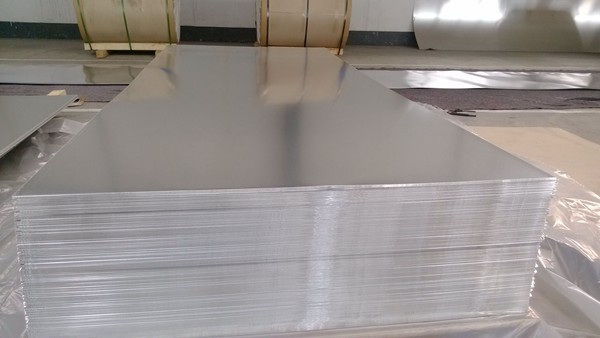Aluminium alloys 1100 and 6061 are both widely used, but which one is the right fit for your project? Understanding their differences can help you make an informed decision.

Aluminium alloy 1100 is known for its excellent formability, corrosion resistance, and thermal conductivity. It’s commonly used in applications such as chemical and food processing equipment, storage tanks, and reflectors. However, its low strength limits its use in high-stress environments.
Aluminium Alloy 1100 vs 6061
On the other hand, aluminium alloy 6061 is heat-treatable and prized for its high strength and versatility. It exhibits good corrosion resistance and finds applications in structural components, marine fittings, transportation, and aerospace. Its alloying elements, magnesium, and silicon, give it a unique balance of strength and machinability.
When it comes to strength, 6061 outperforms 1100 by a wide margin. With a tensile strength of approximately 45,000 psi, 6061 is the preferred choice for projects requiring robust structural support. 1100, with a tensile strength of around 13,000 psi, isn’t suited for high-stress situations.
Machinability is another factor to consider. 1100 is known for its ease of machining, while 6061 can be more challenging due to its composition and heat-treatable nature. However, 6061 offers better weldability compared to 1100.
Cost-wise, 1100 is typically more budget-friendly than 6061 due to its simpler manufacturing process and higher purity.
So, whether you should choose aluminium alloy 1100 or 6061 depends on your project’s specific requirements. Are you looking for formability, corrosion resistance, and cost-effectiveness (1100)? Or do you need superior strength and versatility (6061)? The answer lies in your project’s unique needs.
